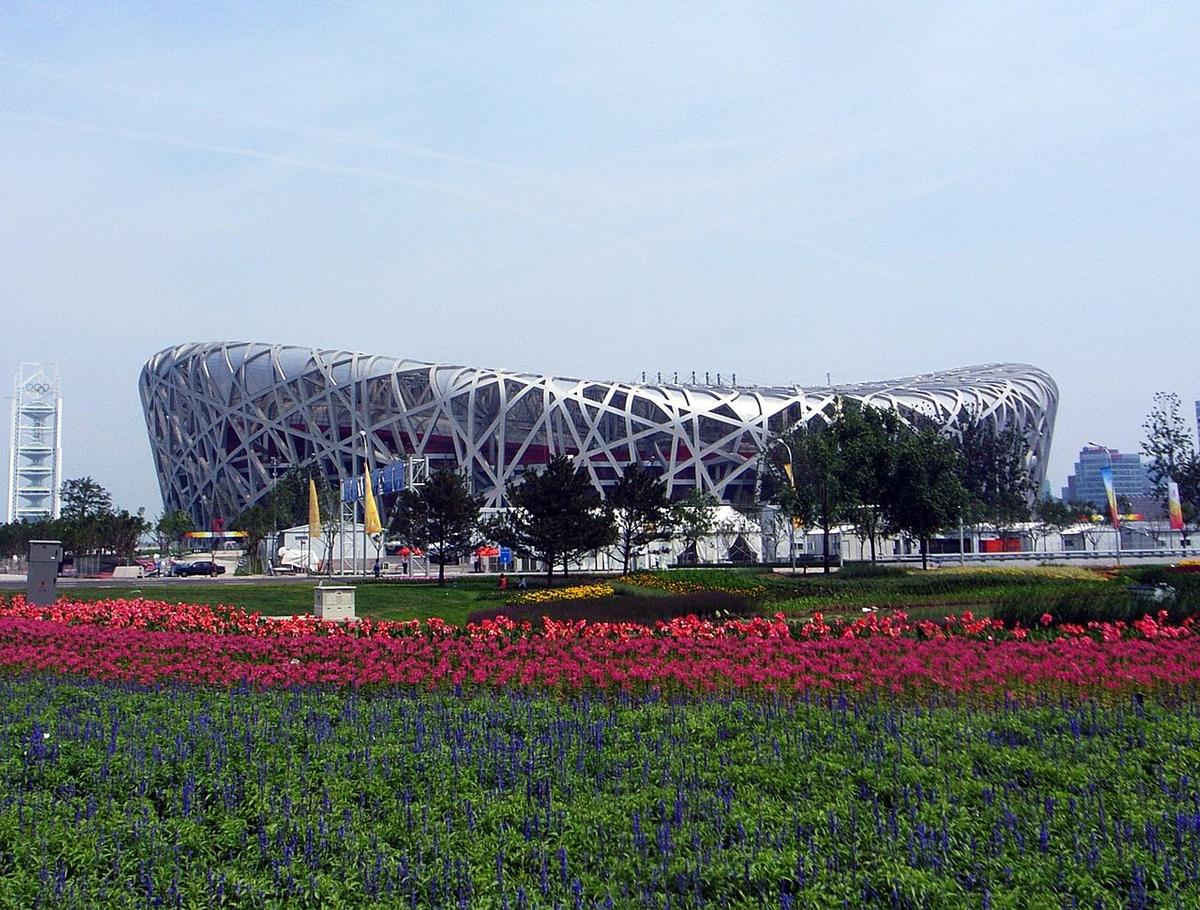
Beijing's Bird's Nest stadium opens rooftop walkway attraction Architecture and design news
The 2022 Winter Olympics kicked off in style Friday with a spectacular opening ceremony. It featured a stunning virtual display, which included the Olympic rings emerging from a block of ice.

Beijing 'bird's nest' stadium wins coveted Lubetkin Prize
The stadium, more popularly known as "Bird's Nest", is spread over 254,600 square meters and took around 5 years to build. Created for hosting the 2008 Summer Olympics and Paralympics, it has since become a stunning icon of modern China in a city with a history of over 3,000 years. The construction of the Bird's Nest, 鸟巢; or.

What to Do in Beijing Beijing national stadium, London aquatics centre, National stadium
The documentary of National Geographic about the construction of the national stadium of Beijin known as "bird's nest"Located at the Olympic Green, the stadi.
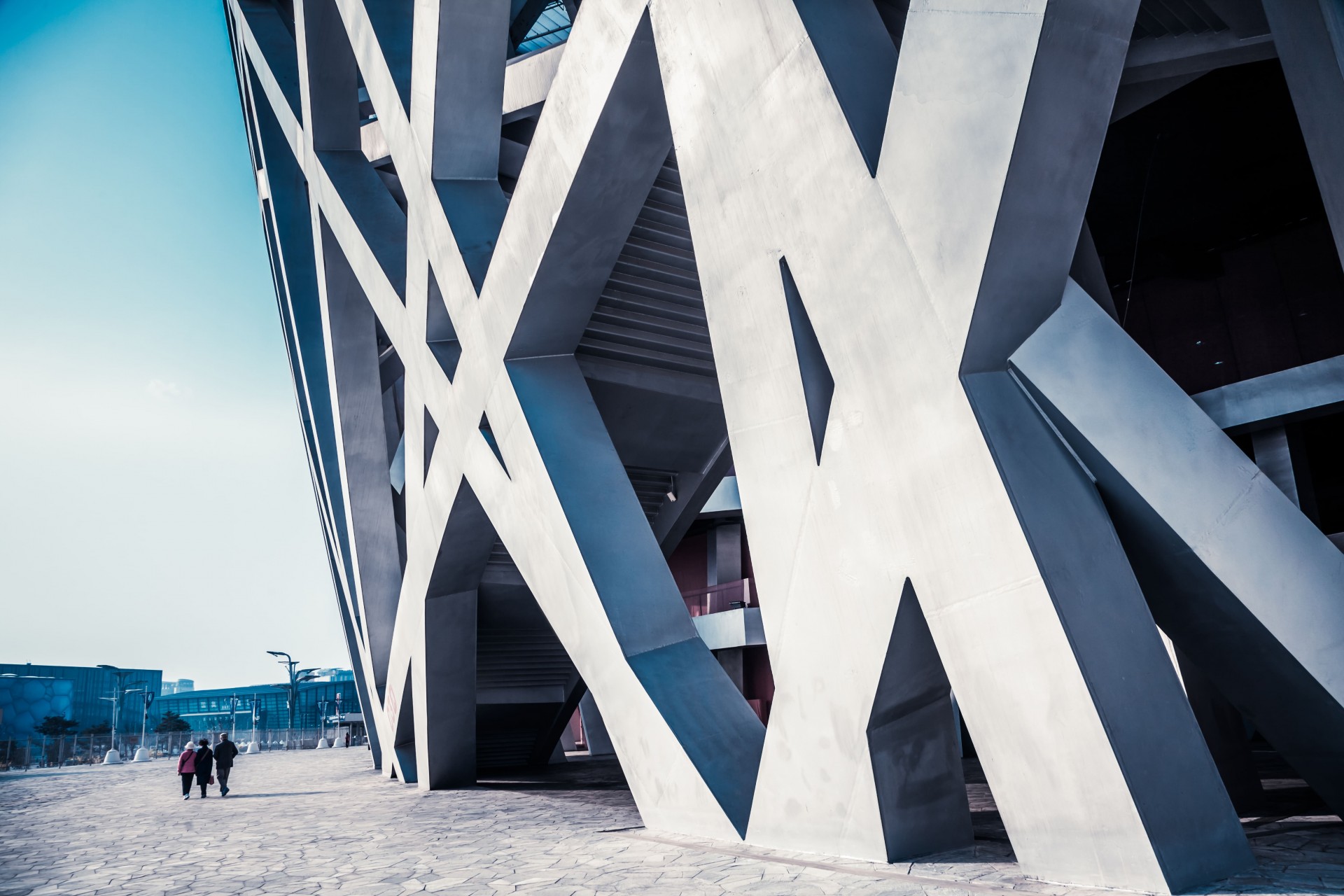
Beijing National Stadium the famous Bird’s Nest We Build Value
The Beijing National Stadium, better known as the "Bird's Nest", China is one of the world's largest engineering marvels. The colossal structure, designed by architects Herzog & de Meuron along with stadium designer Arup, and China Architecture Design & Research Group, was originally meant for the 2008 Summer Olympics and Paralympics.

Strangelooking buildings around the world Unusual buildings, Architecture, Beijing national
Bird's Nest (Beijing National Stadium) Introduction Beijing National Stadium, also known as the "Bird's Nest", is the main stadium for the 2008 Olympic. It can accommodate 90,000 spectators, with a construction area of 260,000 square meters, where the opening and closing ceremonies, athletics and the final of men's football was staged.

FreeWall birds nest stadium beijing china wallpapers
The 10th Bird's Nest Happy Ice and Snow Season saw 200,000 people of all ages visiting the winter theme park, as anticipation builds towards the Olympic Winter Games Beijing 2022. The National Stadium in the Chinese capital hosted athletics and football at the Olympic Games Beijing 2008 as well as the Opening and Closing Ceremonies, which it.

Beijing National Stadium Birds Nest, Beijing, China, Architect Herzog... News Photo Getty Images
The "bird's nest" alongside the Watercube. The 100,000-seat National Stadium in Beijing is a multi-use sports venue. Built at a cost of £300m, the Beijing National Stadium, located at the south of the centrepiece Olympic Green, is a stunning landmark building that staged the 2008 Olympic Games from 8 August to 24 August 2008.
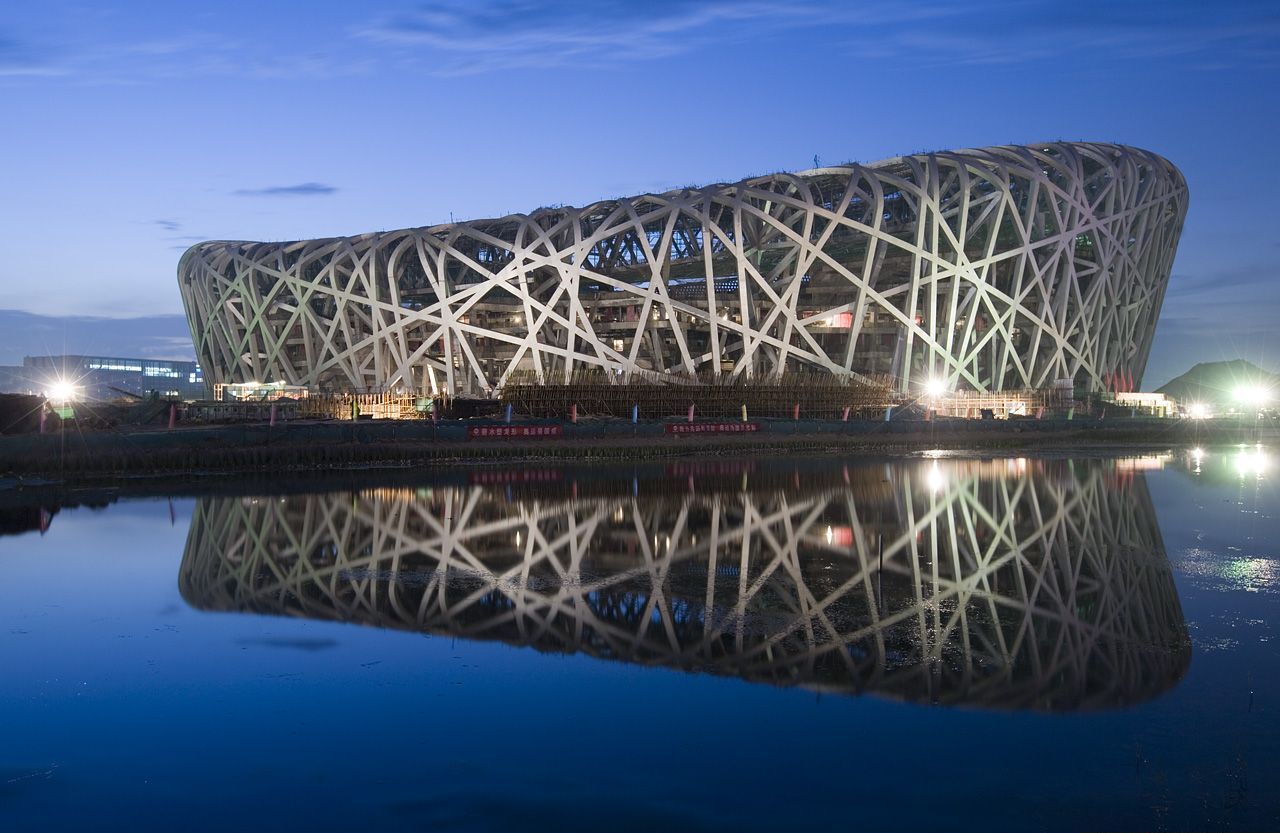
Beijing Stadium The Bird's Nest Olympic Stadium MyClipta
Affectionately known as Bird's Nest, the National Stadium is situated in Olympic Green Village, Chaoyang District of Beijing City. It was designed as the main stadium of 2008 Beijing Olympic Games. The Olympic events of track and field, football, gavelock, weight throw and discus were held there.
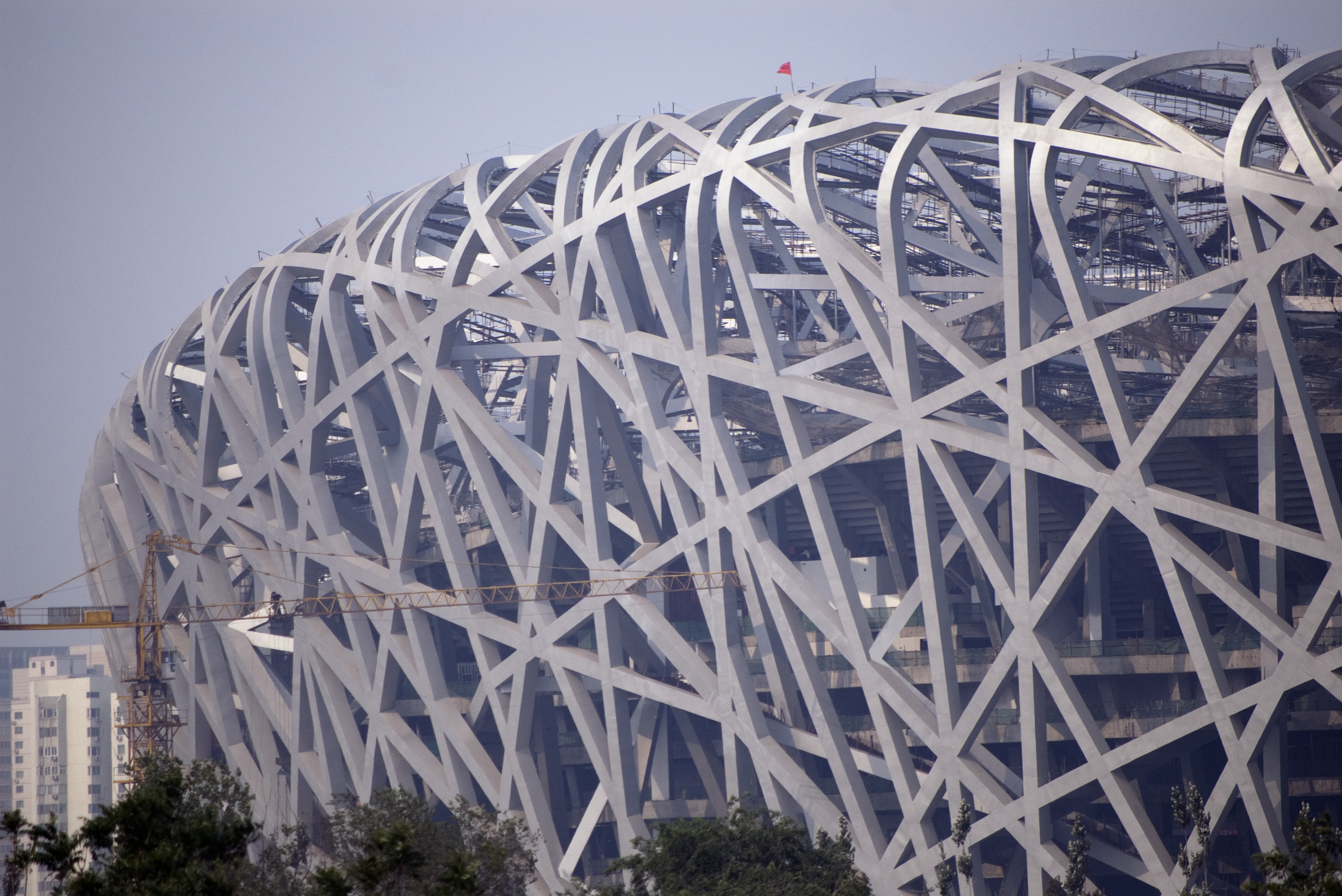
Free Stock Photo 2498birds nest stadium freeimageslive
Since 1896, The Architectural Review has scoured the globe for architecture that challenges and inspires. Buildings old and new are chosen as prisms through which arguments and broader narratives are constructed. In their fearless storytelling, independent critical voices explore the forces that shape the homes, cities and places we inhabit.

Beijing National Stadium (Bird’s Nest)
The Bird's Nest Stadium has now become a most important public space, holding various sports events and recreational activities, and it also functions as a tourist attraction. More than 60 events are held in Beijing National Stadium every year, including sports events, equestrian performances, operas, and concerts. The most anticipated events.

Pin by Dedy on Beijing National Stadium "Bird's Nest" Stadium architecture, Beijing national
The National Stadium, known in China and around the world as the Bird's Nest, is situated in the Olympic Green Village.It was designed as the primary stadium for the 2008 Beijing Olympics and used for track, filed, football, and weight throw and discus events. Since the Olympics finished, the stadium has been open to tourists and is used for sporting competitions and recreational activities.

Bird's Nest Stadium for the 2008 Beijing Olympics. Weiwei since regrets designing it, because of
Beijing National Stadium is also called Bird's Nest as its exterior appearance is like a nest shape. It is the world's largest steel structure with 120,000 tons of steel used. The stadium's main structure is an enormous saddle-shaped elliptic steel structure weighing 42,000 tons. With such a heavy steel structure, the stadium had to be able.

The beautiful Bird's Nest Olympic stadium in Beijing China by night. Beautiful birds
"After China hosted the Olympics, the Bird's Nest stadium has become a new landmark for Beijing," says the executive vice-secretary general of the local organising committee, Chen Jie. "We.
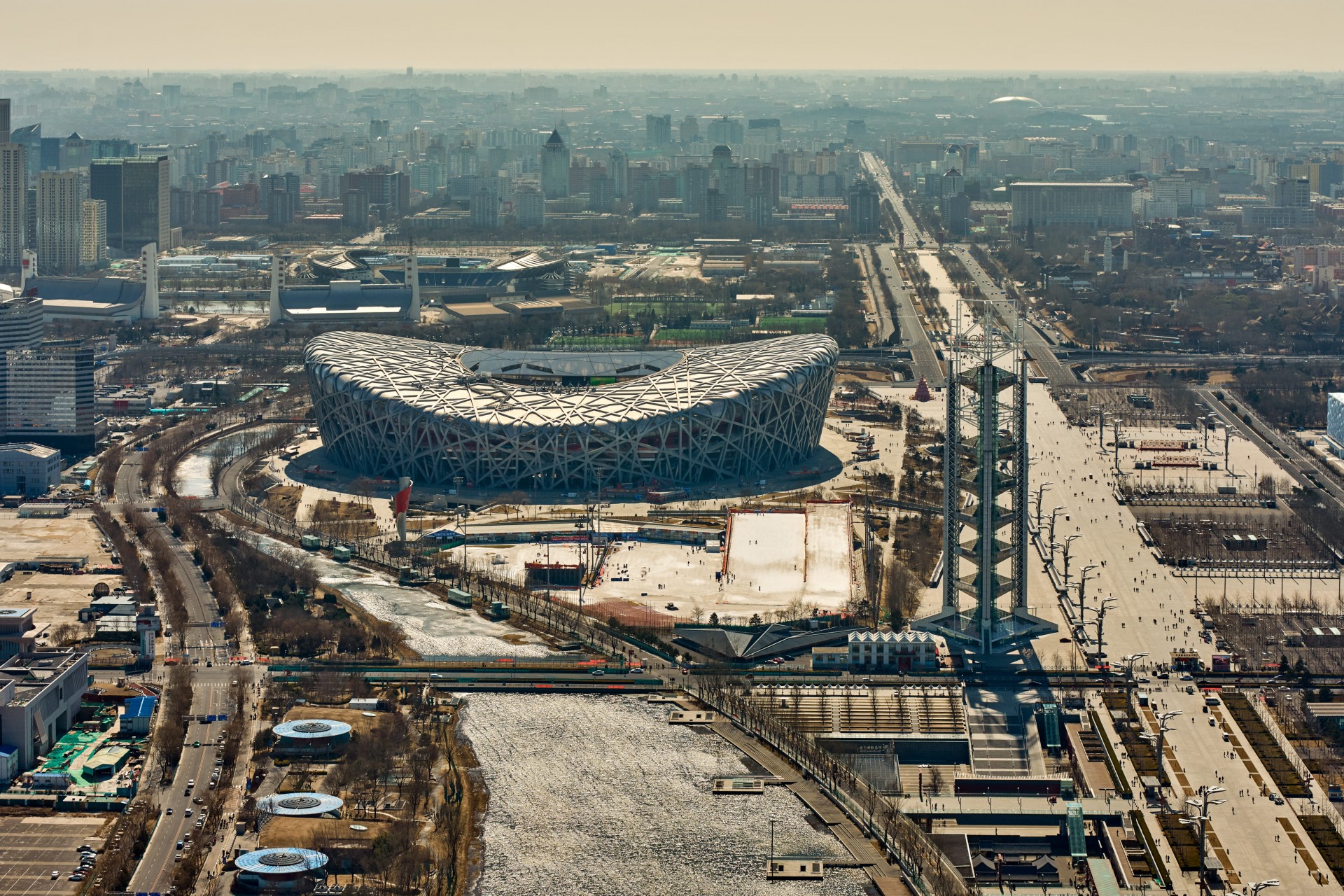
Beijing National Stadium the famous Bird’s Nest We Build Value
National Stadium (The Bird's Nest) The National Stadium is situated on a gentle rise in the centre of the Olympic complex to the north of Beijing. Its location is predefined by the master plan. All other urban and architectural decisions were initiated by our competition project and subsequently implemented in our construction project.

Beijing National Stadium. ("The Bird's Nest"). Beijing. China. Pentax User Photo Gallery
The 91,000-seat stadium was designed to incorporate elements of Chinese art and culture. The National Stadium's main structure is an enormous saddle-shaped elliptic steel structure weighing 42,000t. The stadium extends 333m from north to south and 294m from east to west, with a height of 69.2m. The stadium design included demountable seats of.
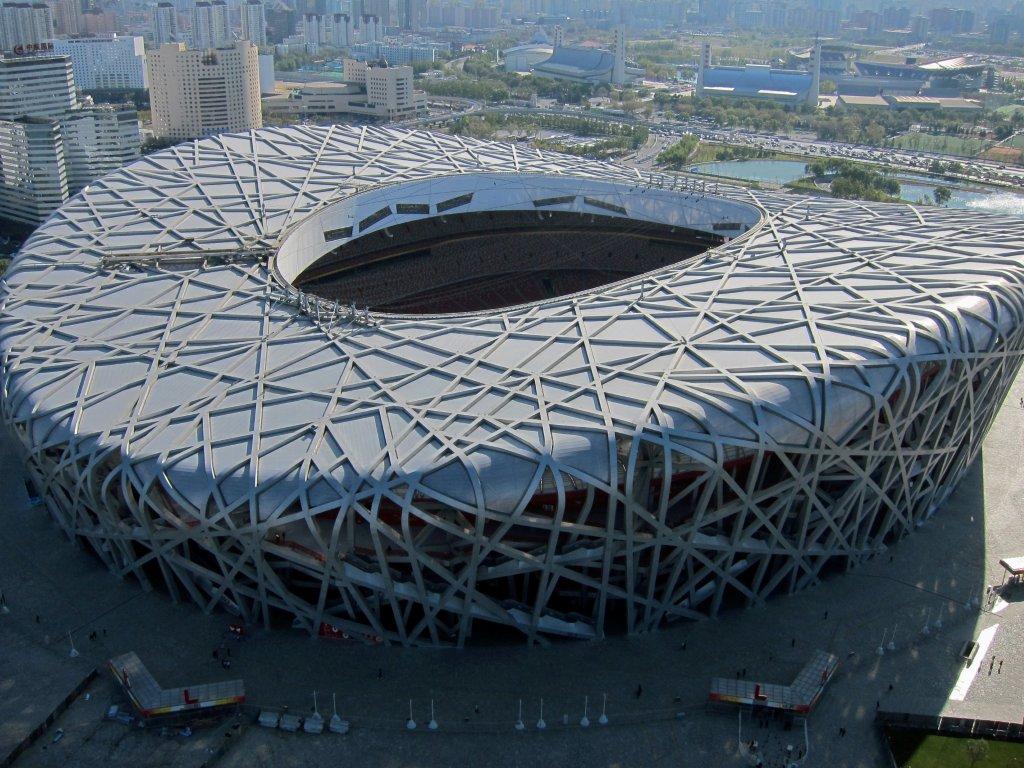
Bird's Nest Stadium a photo on Flickriver
Measuring 330 meters long, 220 meters wide, and 69.2 meters tall, the design of the Bird's Nest stadium design is based on 24 trussed columns, weighing 1000 tons each. Due to their weight, no crane was strong enough to lift the columns into place when construction of the stadium's steel outer shell began in 2005.